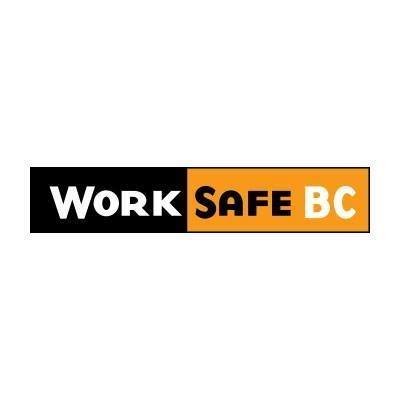A careful and gradual move away from COVID-19 safety plans will begin once the Province moves to Step 3 of the BC Restart Plan
WorkSafeBC has released new information and guidance for employers on the transition from COVID-19 safety plans to communicable disease prevention. The transition will begin when the B.C. government moves the province to Step 3 of the BC Restart Plan.
The BC Restart Plan, led by the provincial government, is a four-step plan to gradually ease people and businesses out of the pandemic. Step 3 will begin no sooner than July 1, 2021.
The Provincial Health Officer issued a statement on June 17, advising employers to start shifting from COVID-19 safety plans to communicable disease prevention.
Communicable disease prevention focuses on basic risk-reduction principles to lower the risk of workplace transmission of COVID-19 and other communicable diseases based on these fundamental components:
- Implementing policies to support staff who may be sick with a communicable disease, so they can avoid being at the workplace.
- Promoting hand hygiene by providing hand-hygiene facilities with appropriate supplies, and reminding employees through policies and signage to wash their hands regularly.
- Maintaining a clean environment through routine cleaning processes.
- Ensuring building ventilation is properly maintained and functioning as designed.
- Supporting vaccination for vaccine preventable conditions to the extent possible.
- Implementing measures as directed by the Provincial Health Officer (PHO) or a Medical Health Officer to deal with communicable diseases in the workplace or region.
To help employers prepare for this transition, WorkSafeBC has developed a Communicable Disease Prevention Guide that outlines the steps employers must take to prevent communicable disease in the workplace. This includes understanding the level of risk, implementing appropriate measures, communicating policies and protocols, and updating them as required.
WorkSafeBC is working closely with public health officials and the provincial government to ensure alignment between the BC Restart Plan and the materials and guidance developed by WorkSafeBC.
Once the province enters Step 3, employers will be able to transition to communicable disease prevention. During this transition, the PHO recommends that employers maintain some of the protocols they’ve put in place as part of their COVID-19 Safety Plan that do not negatively impact business operations (e.g., barriers already erected in the workplace, or directional signage to reduce points of congestion) once the province enters Step 3.
WorkSafeBC will work with employers and workers to assist in this transition and ensure they have the knowledge and resources needed to maintain a healthy and safe workplace.
The information and guidance is available online at: worksafebc.com. Employers with questions can also call WorkSafeBC’s Prevention Information Line at: 1.888.621.7233.
About WorkSafeBC
WorkSafeBC engages workers and employers to prevent injury, disease, and disability in B.C. When work-related injuries or diseases occur, WorkSafeBC provides compensation and support to people in their recovery, rehabilitation, and safe return to work. We serve approximately 2.3 million workers and 255,000 employers across B.C.
Source: WorkSafeBC


